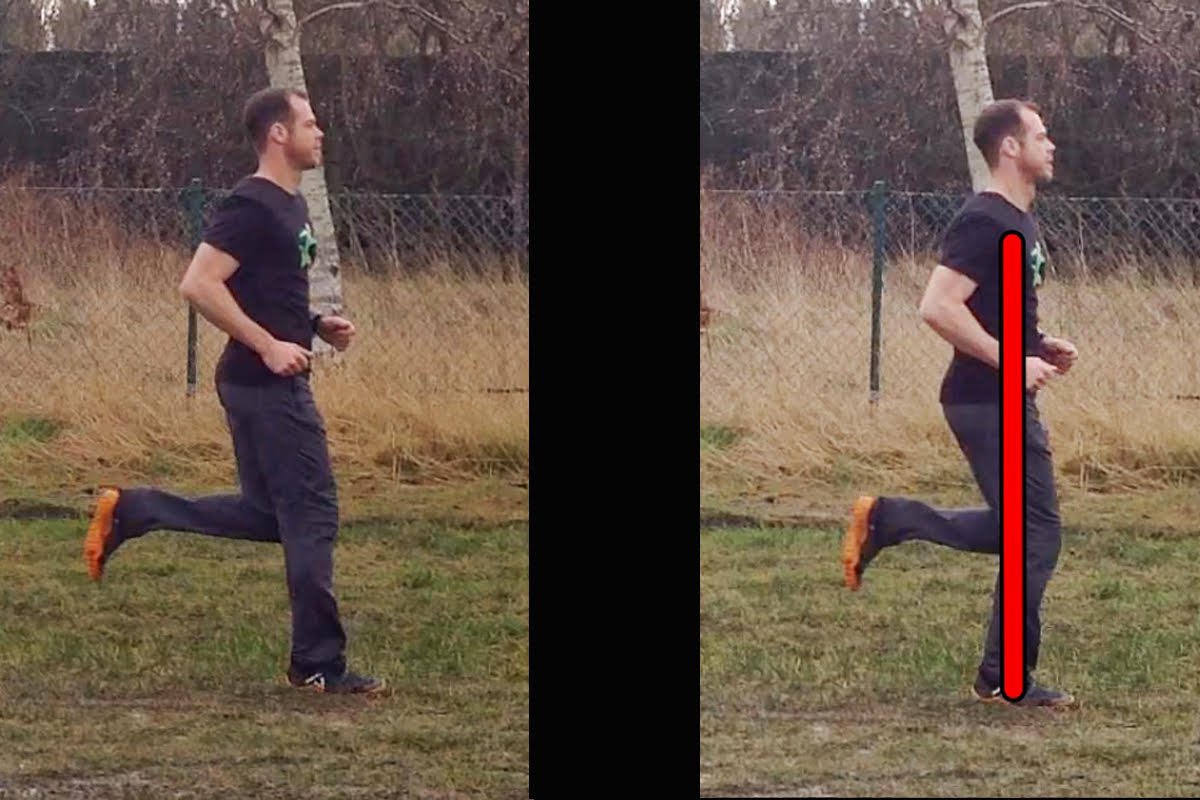How to be light on your feet when running?
When Your Foot Hits The Ground – Why a good landing phase is so important.
When we run, our body has to endure 2,5 to 3 times our body-weight on each landing. In a sprint, this can even go up to 7 times. How is it possible that our body can cope with such stress without injury? Well, first of all, it's important that we acknowledge the wonder of the body and the fact that we are actually built to run. Then we can move on to discuss proper running technique. Below we discuss the benefits of both – both design and technique.
Importance of Landing Phase
When we run, we need certain strength around the joints that will manage the impact provoked by the ground reaction force. However, if you want to keep running for a long time without injury then a decent running technique is highly important. This usually starts by focusing on a, too often overlooked, phase called the 'landing phase' which is the moment your bodyweight hits the ground. Since the book 'Born to Run' was released, there has been a lot of discussion on 'fore-foot', 'mid-foot' or 'heel-landing' and today, more than ever, there are also several 'running-technique methods' all promising to improve your running and reduce injury. Such methods include 'Pose Method', 'Chi-Running', and 'Natural Running'. Notably, some of them have more scientific evidence then others but what they all seem to agree on (most of the time) is the importance of the landing position in comparison to the runner’s centre of gravity. For example, when your foot lands too far in front you will put the brakes on, increase impact on certain joints and use more muscle activity in order to 'push' yourself forward.
Importance of Your Centre of Gravity in Running
The fact is, the closer we strive to land underneath our centre of gravity, the more we can benefit from the rebound energy of our tendons. Muscles, ligaments, and tendons work as a spring and after compression they release the stored energy. With proper running technique, we also benefit from 'gravitational torque' which allows us to propel ourselves forward with a body that is more aligned to manage and distribute the impact. On top of this, the closer a runner is to landing in-line with their centre of gravity(COG), the less they will be heel striking.
How Can I Improve My Running Technique?
A good starting point is to 'take smaller steps' by increasing the cadence (your steps per minute). A higher cadence or frequency of stride will increase the use of tendon elasticity and will contribute to a landing closer underneath the centre of gravity. A positive effect of doing this will be that you reduce the amount of time on the ground and become 'a lighter runner'. This means that on an uneven surface, like in trail running, you can save yourself a few twisted ankles.
Addressing cadence is just one simple way to address running technique, following our blog posts for more tips.
Landing ahead of the body: more impact on joints, more muscle activity to move forward
1.Initial ground contact (heel landing) 2.When bodyweight hits the ground. More impact on joints
Landing closer to centre of gravity. Reduce impact on joints.
3. Initial ground contact (‘flat’ landing) 4. Use your body like a spring.

